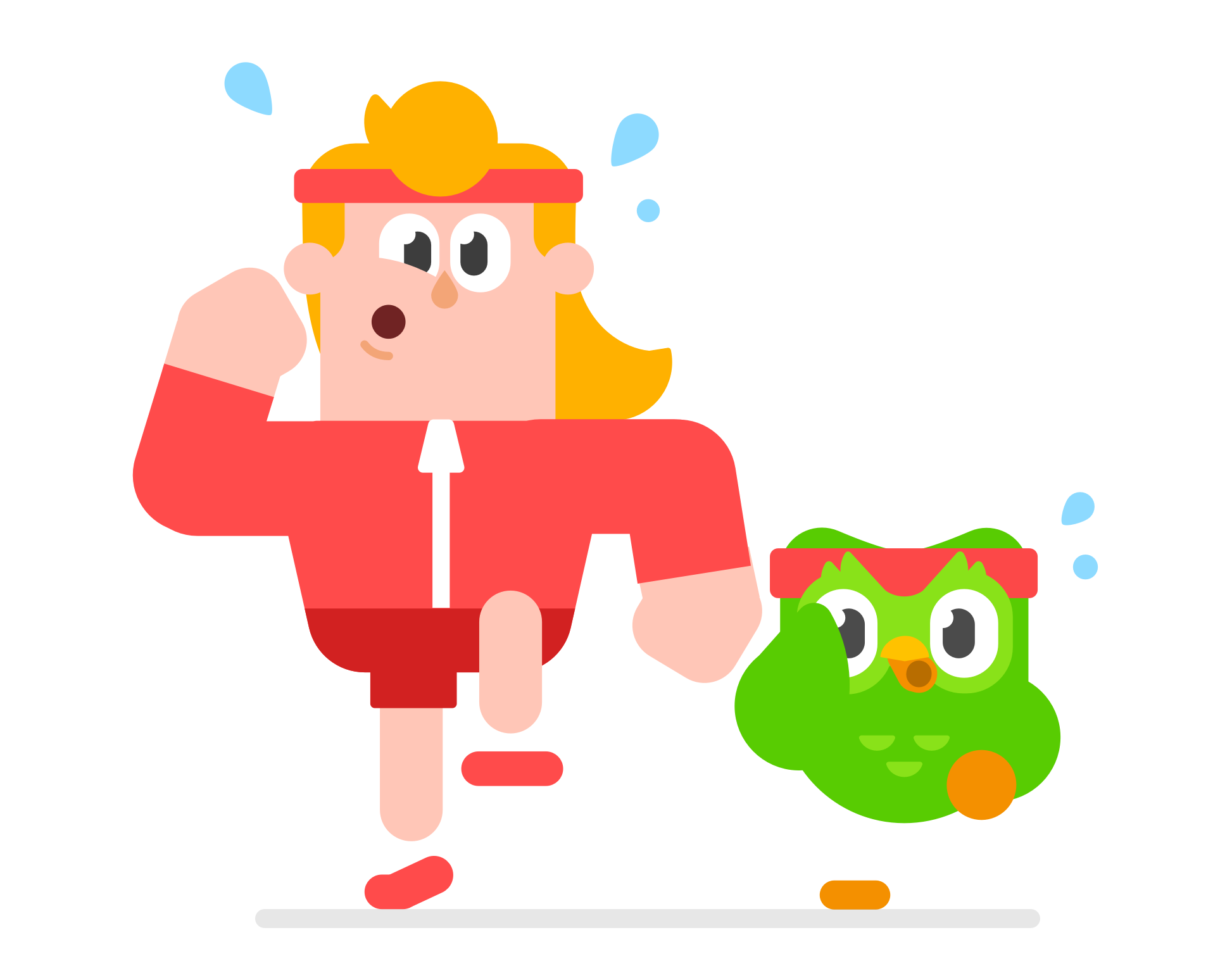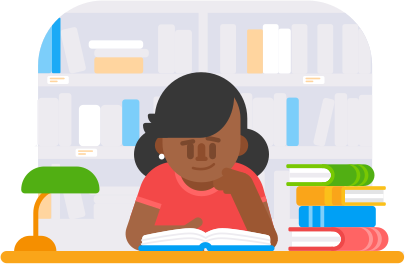There are around 7,000 languages in the world, and if you’ve studied one, you’ve probably considered studying another…and another! In fact, studying additional languages can actually get easier the more of them that you know.
Here’s how to study two languages at the same time!
How to add new courses on Duolingo
With Duolingo, you have unlimited access to more than 40 languages, all for free! To add a new course to your account, click on the flag icon in the top left-hand corner of your screen and select a new course. If you don’t see what you’re looking for, scroll to the right to the + sign for even more options.

|

|

|
 |
Double your study time. For most adults, the real challenge of learning multiple languages at once is time. It’s really important to get enough input in each language you study. If you were studying German for 30 minutes a day and want to add Spanish to the mix, cutting 30 minutes in half typically means getting less input in each language. You might need to double the total time you study to get the same results in each language! |
 |
Set reasonable expectations. There will be pros and cons to studying any pair of languages together. If the new language is similar to one you already know or have been studying, you might get a hang of the basics pretty quickly -- but it could be hard to keep two rather similar languages, like Spanish and Italian, apart. On the flip side, studying two unrelated languages, like Spanish and Japanese, might mean less confusion between words and rules, but there might be less you can “transfer” from one to the other. |
 |
Compare and contrast similar languages. If you study two languages that have a lot in common, your big challenge will be to notice and remember the differences between them. Dedicate some time each week to actively contrast the two languages. For example, you can create a list of false cognates to track words that look similar but have different meanings (like burro means “donkey” in Spanish, but “butter” in Italian 😅). You can also make comparison charts to highlight grammar differences, like that Spanish uses the auxiliary haber (to have) in some compound tenses (like “have eaten"), while some Italian verbs require avere (to have) and others use essere (to be) as the auxiliary. |
 |
Give yourself a head start in one. Consider studying just one language to start, until you have a solid foundation. (In Duolingo courses, that might mean getting through the first three units, or maybe finishing up the whole first section!) Once you have a good command of basic vocabulary, grammar, and building sentences, then try adding another language. (You can learn unlimited languages on Duolingo for free!) |
 |
Immerse yourself. At the beginning, try studying for longer sessions (like a full 30 minutes of German all at once) instead of breaking it up (like 15 minutes in the morning and 15 more in the evening). This gives you more time to get in “German mode” or “Spanish mode” and really sink into the language. As you get more comfortable and more proficient, you might not need as much time to settle into each language! |
 |
Create different study contexts. Especially at the beginning, try separating your languages by time and location. For example, you could make a habit of always studying German in the morning in the kitchen and studying Spanish after dinner on the couch. This can also help you get in the “mode” of each language! As you get more proficient in the languages, you can try being less rigid about your study contexts. |
 |
Use one to practice the other. When you’re feeling confident in one of your new languages, you might be ready to work on both languages at once. For example, make flashcards with words in the two languages (one side German, one side Spanish) and don’t use your own language at all! You can color-code the words to help separate them, like always writing German in blue. On Duolingo, you can also try the Spanish course for German speakers, to get extra practice in both languages at once! |
How your brain learns multiple languages
The human brain is made for learning languages—plural! In some parts of the world, learning multiple languages from birth is the norm, or the language used in schools is different from the language actually used by the community. And sometimes parents themselves speak different languages with their kids, so there is no single “community” language! There are even cultures where everyone is expected to marry someone from a different language group, so language learning is an ordinary part of life.
For languages you already know really well, like your first language, you have strong connections between ideas (what you want to say) and the words you use to express them. So when you learn a new word, in a new language, your brain starts building a link from that new word to the idea (its meaning)—but at first, the new word is connected to its translation in your own language, instead of to the idea itself. You need lots of practice and input (language you can learn from) to develop strong connections directly from the idea to the new word.
Your brain generally learns and stores all the languages you know in the same regions, so there’s always going to be overlapping connections between translations and similar words. That means your brain will connect a word like cat with its Spanish translation, gato, but there will also be connections between words that sound similar (like vase and Spanish vaso “cup, glass”), and especially between words that sound alike and have shared meanings (like flower and Spanish flor “flower”). Your brain can’t help but activate (remember and call to the surface) these related words. It happens with lifelong bilinguals, too!
The early stages of learning multiple languages might be the hardest, but there are lots of ways you can help yourself get used to this kind of practice.
Language learning never has to stop 💘
Once you fall in love with one language, you’ll be itching to study more! When studying two or more languages at the same time, make sure to spend lots of time with each, to get that all-important language input. There’s no limit to how many you can learn with enough practice!
For more tips and ideas about learning a new language, check out all our learning posts, where you can learn how to improve your speaking skills, set smart proficiency goals, and find new ways to practice!
